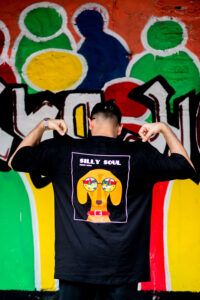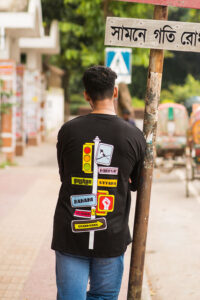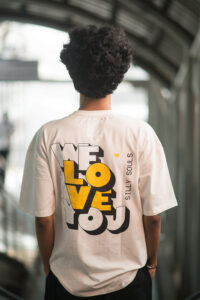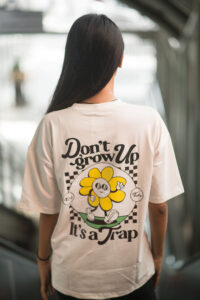HATS & CAPS IN BANGLADESH
In Bangladesh, the traditional caps worn by Muslim men are known as Kufi or Taqiyah. These caps hold significant religious and cultural importance, serving as symbols of faith and tradition.
CAPS IN BANGLADESH
The Kufi is a simple round skullcap typically crafted from cotton, wool, or other soft fabrics. While wearing a Kufi isn’t obligatory in Islam, it’s widely practiced and considered a commendable act. Some Muslim men also wear turbans or Iqamahs, long pieces of cloth wrapped around the head.
WHY DO MUSLIMS WEAR CAPS?
Muslims wear caps for various reasons, deeply rooted in their faith, culture, and tradition:
RELIGIOUS SIGNIFICANCE: Wearing a cap is believed to follow the example set by Prophet Muhammad, who often wore one. It’s also seen as a recommended practice during prayers.
CULTURAL VALUE: Caps hold immense cultural significance in Muslim-majority countries, symbolizing national pride and identity. Traditional headwear like the Fez in Turkey and the Pakol in Pakistan and Afghanistan are examples.
TRADITIONAL NORMS: Many families have a tradition of passing down caps from fathers to sons, preserving familial customs. Caps are also worn during special occasions to uphold tradition and present oneself respectfully.
MODESTY AND HUMILITY: Wearing a cap is a sign of modesty and humility, reflecting Islamic values of respect and humility towards others.
IDENTIFICATION: Caps serve as a visible marker of one’s faith, allowing Muslims to identify themselves and express their religious identity, especially in minority communities.
TUPI PRICES IN BANGLADESH
The price of Tupi, the traditional cap in Bangladesh, varies based on quality, material, and craftsmanship. Basic Tupis can be found for as little as 50 Bangladeshi takas, while handmade ones may cost several hundred takas. These caps are readily available in local markets, with prices often negotiable.
CONCLUSION
In Bangladesh, the prices of prayer caps reflect their significance in both religious and cultural contexts. Whether worn for faith or tradition, Tupis remain integral to the country’s cultural heritage, embodying the rich identity of Bangladesh.
Recent Post:
BEST CAP BRAND IN BANGLADESH
Best cap brand in Bangladesh, derived from the French term ‘chapeau’ meaning head-covering, has seen…
Top 5 Stylish Caps for Men in 2025
Caps for men have always been an essential part of fashion, and 2025 doesn’t seem…
The Truth About Premium Socks in Bangladesh: 7 Things You Need to Know
Socks, nowadays, are not just an accessory but a major part of our attire, with…















